In the heart of Yemen’s vast desert lies an architectural marvel that defies both time and environment—the ancient city of Shibam. Often referred to as the "Manhattan of the Desert," this UNESCO World Heritage Site is a breathtaking testament to human ingenuity. With its towering mud-brick skyscrapers, some rising as high as eight stories, Shibam stands as a striking anomaly amidst the arid landscape. The city’s unique vertical design, dating back to the 16th century, was not born out of aesthetic ambition but out of necessity—a fortress-like response to tribal raids and limited space. Today, it remains one of the world’s oldest and most extraordinary examples of urban planning.
The origins of Shibam trace back over 2,000 years, though its current form took shape during the Hadhrami civilization. Nestled in the Wadi Hadhramaut valley, the city was a vital stop on the incense and spice trade routes, linking the Arabian Peninsula to the rest of the world. Its strategic location brought wealth, but also danger. To protect themselves, residents built upwards, crafting densely packed high-rises from mud, straw, and water—a blend that hardened into a material as durable as concrete. The result was a fortified skyline, with narrow alleyways and interconnected rooftops that allowed defenders to move swiftly during attacks.
Walking through Shibam today feels like stepping into a living museum. The city’s 500-plus towers, some over 100 feet tall, are still inhabited, their walls periodically reinforced with fresh layers of mud to combat erosion. The facades, adorned with geometric patterns and wooden beams, reveal a blend of function and artistry. Each building serves as a microcosm of traditional Hadhrami life: ground floors house livestock, middle levels are reserved for family quarters, and upper floors often feature open terraces where residents gather to escape the heat. The sense of community is palpable, with neighbors leaning over balconies to chat and children playing in the shadows of these ancient giants.
Yet Shibam’s survival is far from guaranteed. The city faces relentless threats from climate change, flooding, and political instability. In 2008, a devastating cyclone damaged nearly a third of the structures, while ongoing conflicts in Yemen have hindered preservation efforts. Conservationists warn that without urgent intervention, this "Chicago of the Desert" could crumble into oblivion. International organizations have stepped in, funding restoration projects and training local craftsmen in traditional building techniques. But the challenges are immense, requiring not just resources but a delicate balance between modernization and heritage.
What makes Shibam truly remarkable is its enduring relevance. In an era of glass-and-steel megacities, this mud-brick metropolis offers a blueprint for sustainable urban living. Its thick walls provide natural insulation, keeping interiors cool in scorching summers and warm during chilly nights. The reliance on local materials minimizes environmental impact—a stark contrast to today’s carbon-heavy construction practices. Architects and historians alike study Shibam’s design, drawing lessons for contemporary cities grappling with overcrowding and climate resilience. As one researcher noted, "This isn’t just a relic of the past; it’s a vision for the future."
The story of Shibam is also a human one. Generations of families have called these towers home, preserving customs that date back centuries. Women bake bread in communal ovens, men gather in majlis halls to discuss community affairs, and the call to prayer echoes through the labyrinthine streets. The city’s imams still safeguard ancient manuscripts, while its artisans craft silver jewelry using methods unchanged for millennia. This cultural continuity, woven into the very fabric of the buildings, makes Shibam more than an architectural wonder—it’s a living chronicle of resilience.
For travelers daring enough to visit (Yemen remains volatile), Shibam offers an experience unlike any other. Sunrise paints the mud towers in hues of gold and amber, while sunset casts long shadows that seem to whisper tales of caravans and kings. The air carries the scent of freshly applied mud plaster, mixed with the aroma of spiced lamb cooking in underground ovens. Few places on Earth so vividly bridge the gap between antiquity and the present. As tourism remains sparse, those who make the journey often describe it as "not just seeing history, but breathing it."
Perhaps Shibam’s greatest lesson lies in its defiance. Against desert winds, against time, against the notion that modernity must erase the old, this city endures. Its skyscrapers, built from earth and water, stand as monuments to adaptability. They remind us that innovation need not discard tradition—that sometimes, the tallest towers grow from the humblest materials. In a world racing toward the future, Shibam’s ancient skyline asks us to pause and consider what truly makes a civilization timeless.
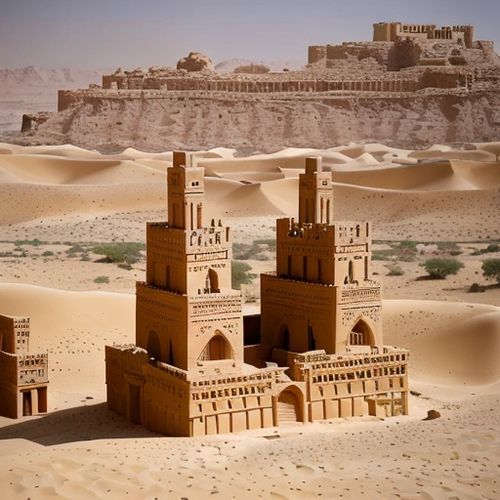
By /May 11, 2025

By /May 11, 2025

By /May 11, 2025

By /May 11, 2025

By /May 11, 2025

By /May 11, 2025

By /May 11, 2025
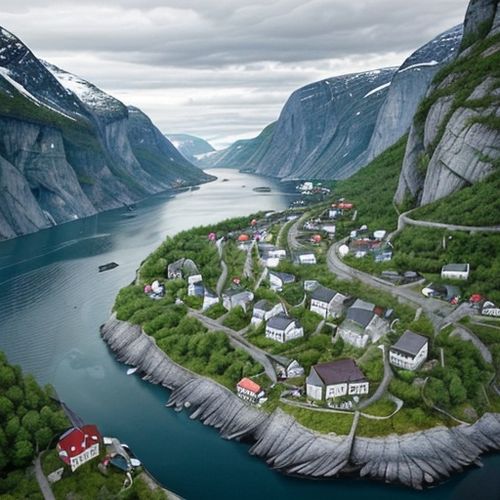
By /May 11, 2025
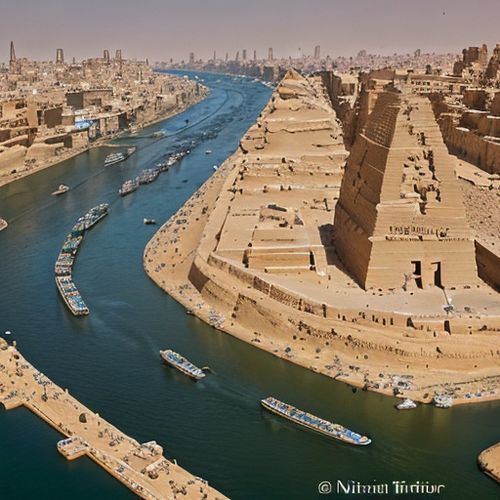
By /May 11, 2025

By /May 11, 2025

By /May 11, 2025

By /May 11, 2025

By /May 11, 2025
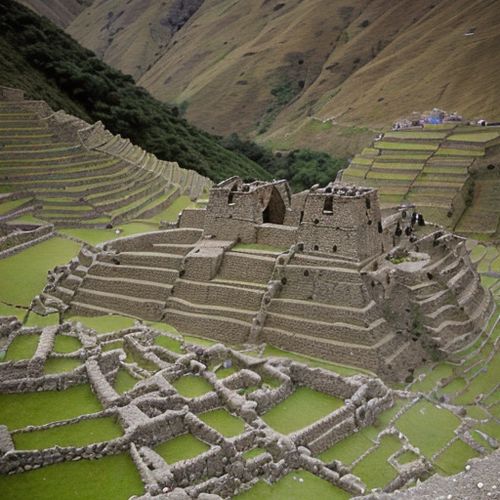
By /May 11, 2025

By /May 11, 2025
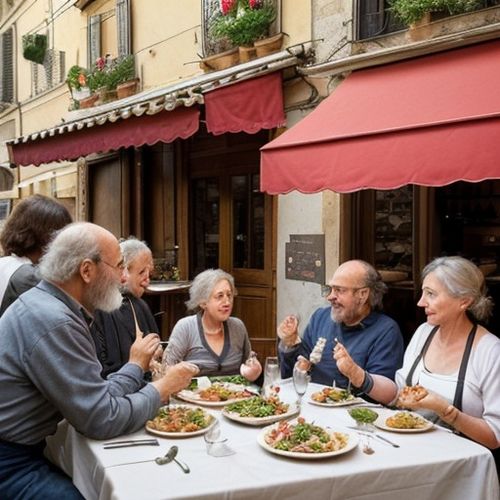
By /May 11, 2025

By /May 11, 2025

By /May 11, 2025
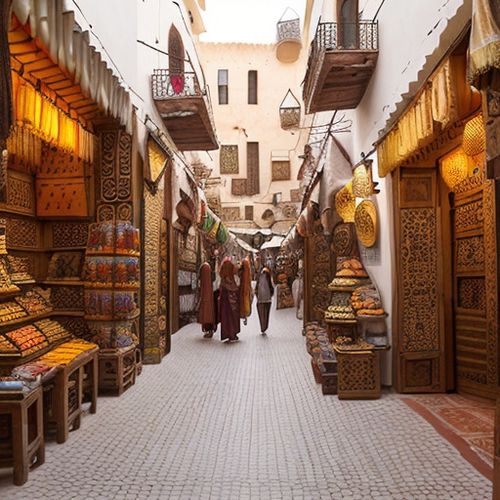
By /May 11, 2025
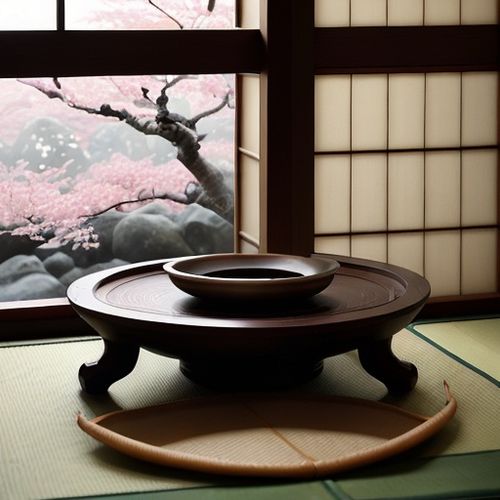
By /May 11, 2025